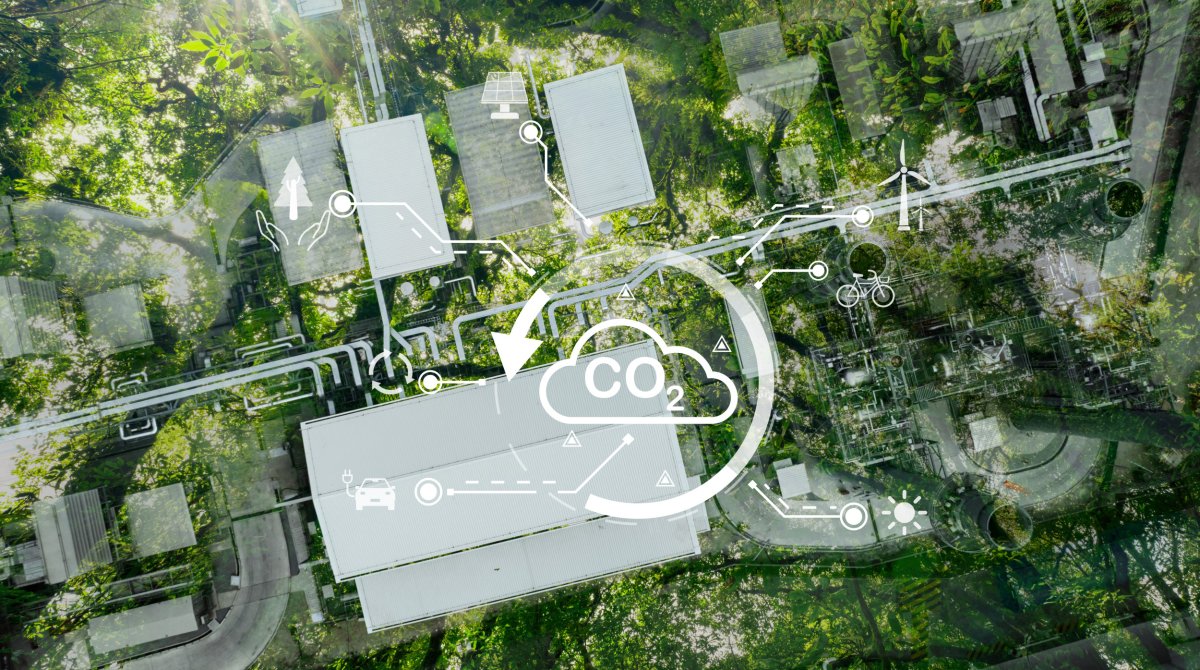New technology transforms captured carbon into clean energy source
September 16, 2024
Researchers from Tokyo Metropolitan University have developed an innovative electrochemical cell that efficiently converts captured carbon dioxide (CO2) into formate, a green fuel.
This new system, the results of which were published in the journal EES Catalysis, has the potential to address one of carbon capture’s most critical challenges: finding practical uses for the captured CO2 while ensuring energy efficiency.
“Carbon capture and utilization to convert atmospheric CO2 into useful chemicals and fuels is essential for achieving a carbon-neutral or negative emission future,” the researchers wrote in the study. Yet the question of what to do with captured CO2 has remained a persistent challenge.
Typically, captured CO2 is stored underground, but scientists are working on ways to convert it into something more useful. One promising approach is turning CO2 into environmentally friendly fuels, such as formate, which can be used in fuel cells to generate power in a similar way to hydrogen.

An industrial process that could be used to capture carbon. Many people believe carbon capture is needed to reduce greenhouse emissions, and scientists are trying to find ways to use CO2 for something useful.
Fahroni/Getty
Formates are already produced in large quantities for use as road and sidewalk de-icers and are safe, non-combustible and simple to handle and store—significant advantages over other sustainable fuel candidates like hydrogen and methanol.
They can be kept in regular steel tanks and maintain their stability for months or even years, making them highly durable and practical for long-term use.
Uses could range from home-sized power units to industrial scales, according to researchers from MIT and Harvard University who have previously worked on the process.
Current methods of converting CO2 into formate often require pure, pressurized CO2 gas. However, this process is highly energy-intensive and inefficient, making it impractical for widespread industrial use.
A more promising solution is the use of reactive carbon capture (RCC), which involves dissolving CO2 in alkaline solutions, like bicarbonate, and converting it directly into formate ions. The challenge has been to create an electrochemical cell that can selectively produce formate ions without triggering undesirable side reactions, such as hydrogen production.
The discovery marks a new step forward in solving this problem. The team’s electrochemical cell features a porous membrane made from cellulose ester that separates the electrodes from the polymer electrolyte membrane.
This design enhances the cell’s ability to selectively convert bicarbonate ions into formate ions. The process involves hydrogen ions passing through the electrolyte membrane and reacting with bicarbonate ions in the porous layer to produce CO2, which is then efficiently converted into formate ions.
The team’s cell demonstrated a faradaic efficiency of 85 percent, meaning that 85 percent of the electrons used in the process were successfully converted into formate rather than other byproducts—an improvement on existing designs.
The cell was also more durable than other techniques, operating efficiently for over 30 hours and achieving near-complete conversion of bicarbonate into formate. Once water is removed from the solution, the result is solid, crystalline formate fuel.
“Given the demands on climate change technology, improvements like this to the efficient running of electrochemical cells promise to have a big impact,” the team said in a statement. They hope the new electrolyzer can be a viable option for society as it shifts toward a greener future.
Do you have a tip on a science story that Newsweek should be covering? Do you have a question about climate change? Let us know via science@newsweek.com.
References
Nomoto, K., Okazaki, T., Beppu, K., Shishido, T., & Amano, F. (2024). Highly selective formate formation via bicarbonate conversions. EES Catalysis. https://doi.org/10.1039/D4EY00122B
Search
RECENT PRESS RELEASES
Related Post



